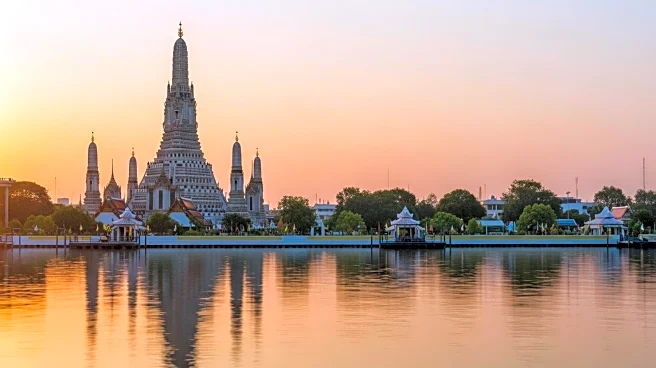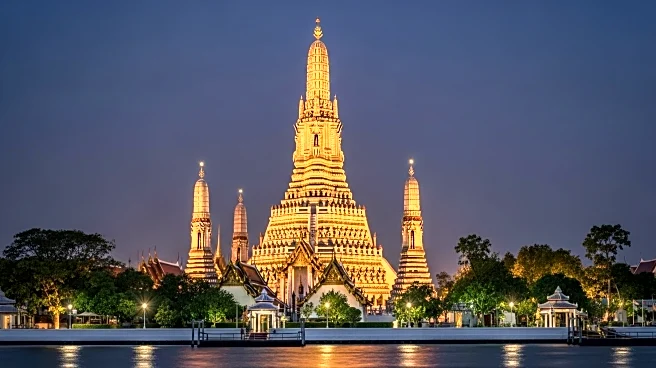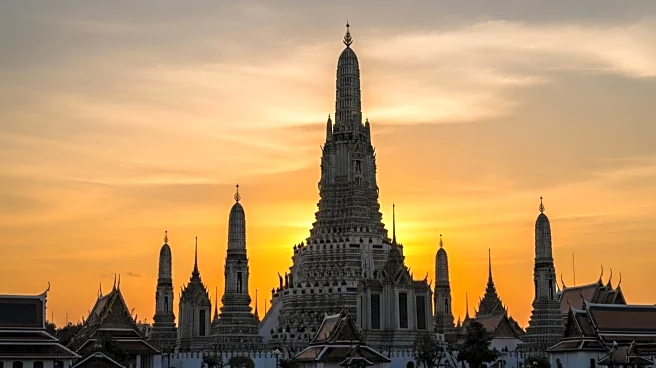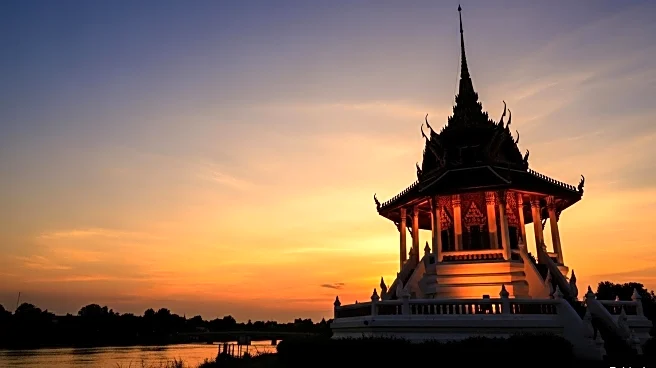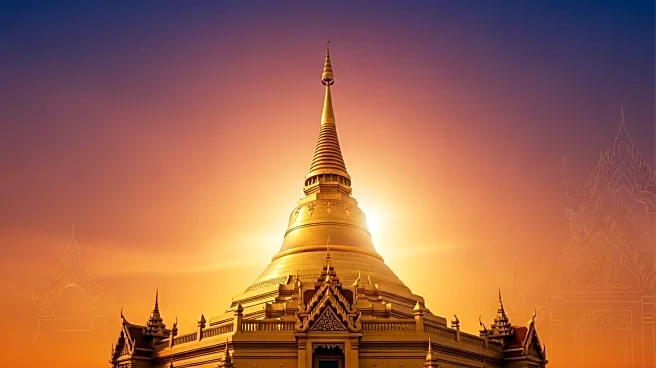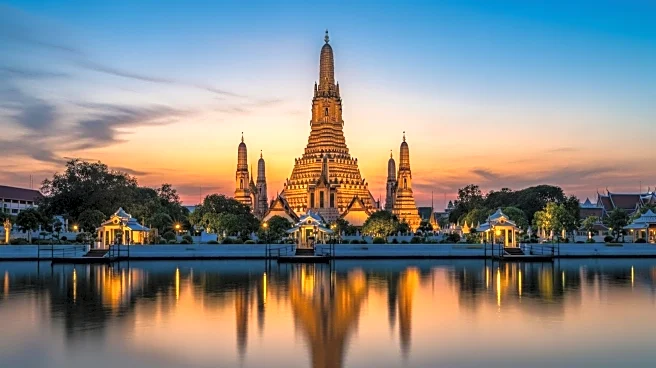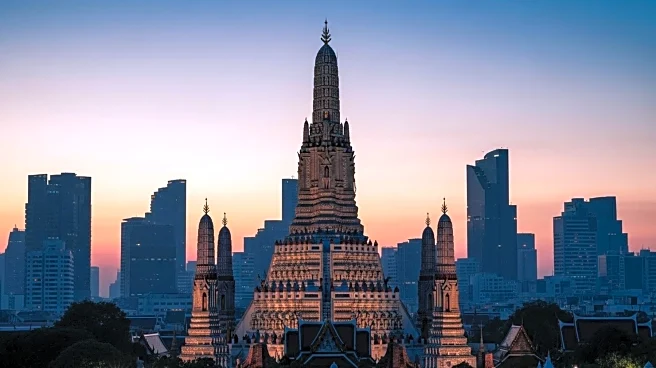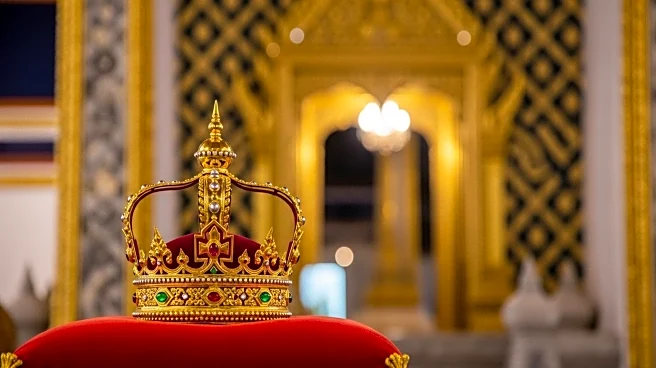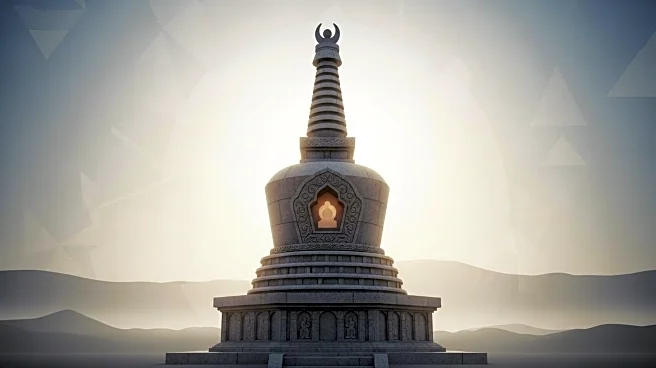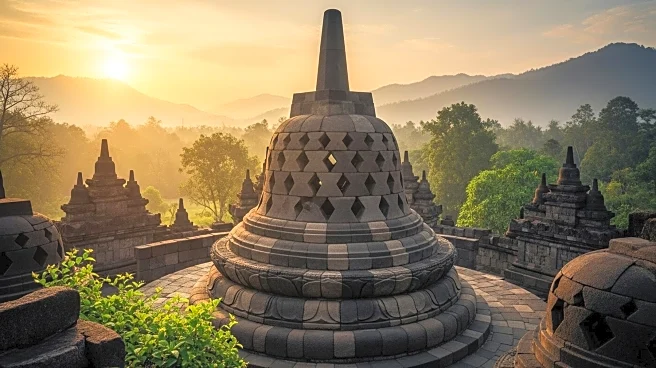Wat Arun, the Temple of Dawn, is a captivating Buddhist temple located in Bangkok, Thailand. Known for its stunning architecture and cultural significance, Wat Arun is rich in symbols that reflect its religious and cultural meanings. Situated on the west bank of the Chao Phraya River, the temple's emblems and symbols offer insights into its historical and cultural importance.
Emblems and Meanings
The central prang of Wat Arun is a prominent emblem that symbolizes Thailand's architectural prowess and cultural heritage. Adorned with colorful porcelain and intricate designs, the prang represents the radiations of the rising sun, reflecting the temple's association with the Hindu god Aruna. This symbolism highlights the temple's role as a beacon of hope and new beginnings, resonating with visitors from around the world.
Origins of Symbols
The origins of Wat Arun's symbols are rooted in its historical and cultural context. The temple's name, derived from the Hindu god Aruna, symbolizes the dawn and reflects its cultural significance in Thai society. The use of colorful porcelain and seashells in the temple's design creates a shimmering effect that is particularly captivating during sunrise and sunset, enhancing its symbolic association with the dawn.
Usage in Culture
Wat Arun's symbols are widely used in cultural narratives and artistic expressions. The temple's depiction in various media, including films and literature, has contributed to its status as a cultural icon, inspiring artists and writers worldwide. Its architectural beauty and cultural symbolism serve as a source of inspiration for creative works, highlighting its enduring influence in both Thai and global contexts.
Changes and Controversies
While Wat Arun's symbols are celebrated for their cultural significance, they have also been the subject of changes and controversies. Discussions around the preservation of the temple's historical features and the impact of tourism on its cultural integrity underscore the importance of balancing cultural preservation with tourism development. These debates highlight the need to maintain Wat Arun's symbolic meanings while ensuring its continued relevance and appeal.
 Discover Daily • 9 min read
Discover Daily • 9 min read 